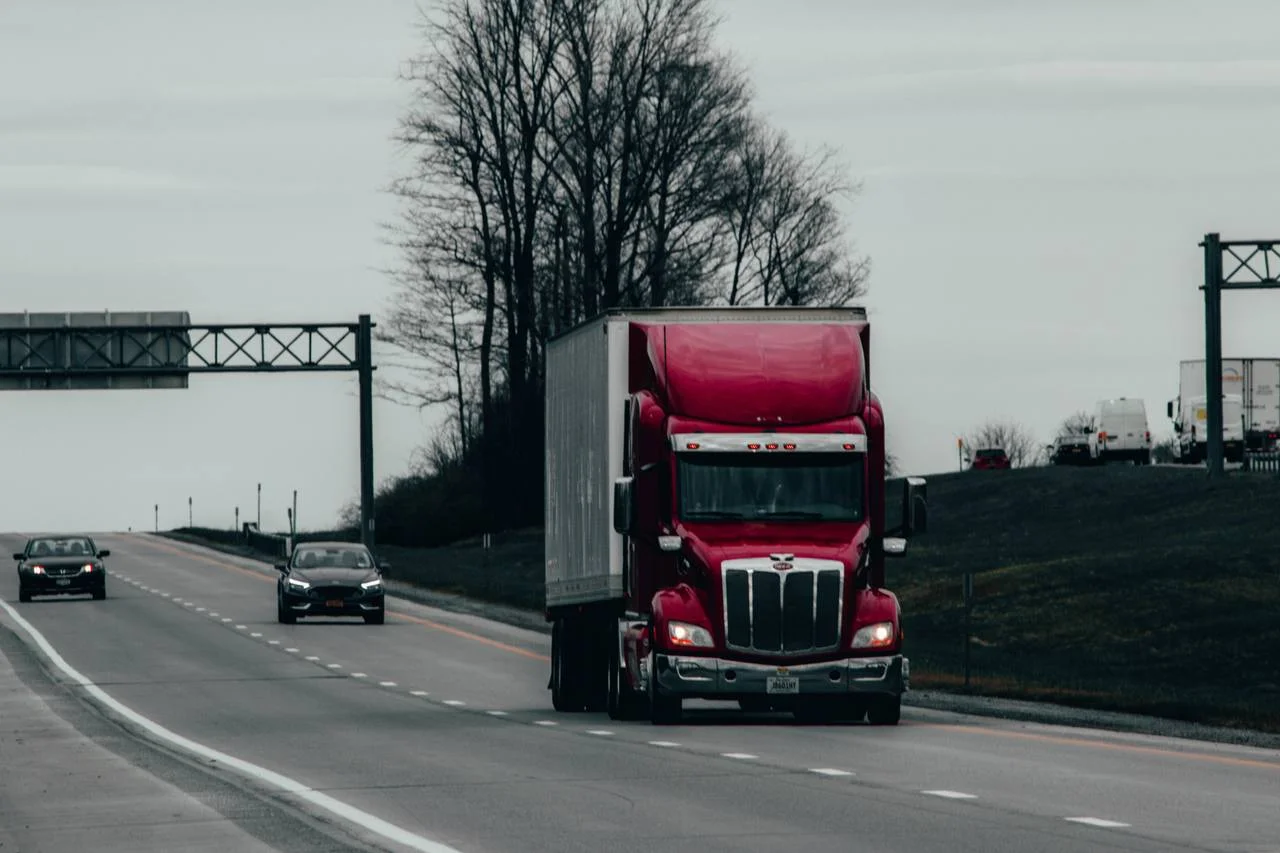Florida’s Comparative Fault System and Its Application in Truck Accidents

Florida’s roadways are a bustling network of commerce, with large trucks playing a pivotal role in the state’s economic engine. Unfortunately, the increased presence of these massive vehicles also raises the risk of accidents. In the aftermath of a truck accident, understanding Florida’s Comparative Fault System becomes crucial. In this blog post, we’ll explore the intricacies of this legal framework and its specific application in the context of truck accidents, providing insight without veering into salesy territory.
The Basics of Florida’s Comparative Fault System
Shared Responsibility
Unlike states with a pure contributory negligence system, Florida operates under a comparative fault system. This means that even if an injured party is partially responsible for an accident, they can still seek compensation, although the amount may be reduced based on their level of fault.
Percentage of Fault
In a comparative fault system, each party involved in an accident is assigned a percentage of fault based on their actions leading up to the incident. This percentage determines the proportion of damages they are responsible for paying.
Application in Truck Accidents
Determining Fault in Truck Accidents
Truck accidents are often complex, involving various factors such as driver error, mechanical failures, or external conditions. Establishing fault requires a thorough investigation into these elements to determine the contributing factors.
Multiple Parties and Liability
Truck accidents can involve multiple parties, including the truck driver, the trucking company, and even third-party entities responsible for maintenance or cargo loading. The comparative fault system considers the degree of responsibility held by each party involved.
Driver and Trucking Company Responsibility
If a truck driver is found to be at fault, the trucking company may also bear some responsibility. Factors such as inadequate training, unreasonable schedules, or negligent hiring practices may contribute to the overall fault assessment.
Impact on Compensation
Reduced Compensation Based on Fault
In cases where the injured party is found partially at fault, the compensation they receive will be reduced proportionally. For example, if they are deemed 20% at fault, their awarded damages will be reduced by 20%.
Seeking Maximum Compensation
To optimize compensation, it’s crucial for the injured party and their legal representation to present a compelling case highlighting the extent of the other party’s fault. Thorough documentation, witness statements, and expert testimony can all contribute to a more accurate assessment of fault.
Legal Strategies in Comparative Fault Cases
Gathering Evidence
Comprehensive evidence is key in comparative fault cases. This includes accident reports, eyewitness accounts, expert opinions, and any available surveillance footage to establish a clear picture of the events leading to the accident.
Effective Negotiation
Understanding the nuances of comparative fault allows for more effective negotiation. Skilled legal representation can leverage this understanding to negotiate with insurance companies or present a compelling case in court.
Conclusion
Navigating the aftermath of a truck accident in Florida involves a nuanced understanding of the state’s Comparative Fault System. By comprehending how this legal framework applies to truck accidents and strategically approaching the complexities it presents, injured parties can pursue fair compensation even in situations where they share some degree of responsibility. This knowledge underscores the importance of expert legal counsel and thorough evidence collection to navigate the intricate legal landscape surrounding truck accidents in the Sunshine State.
